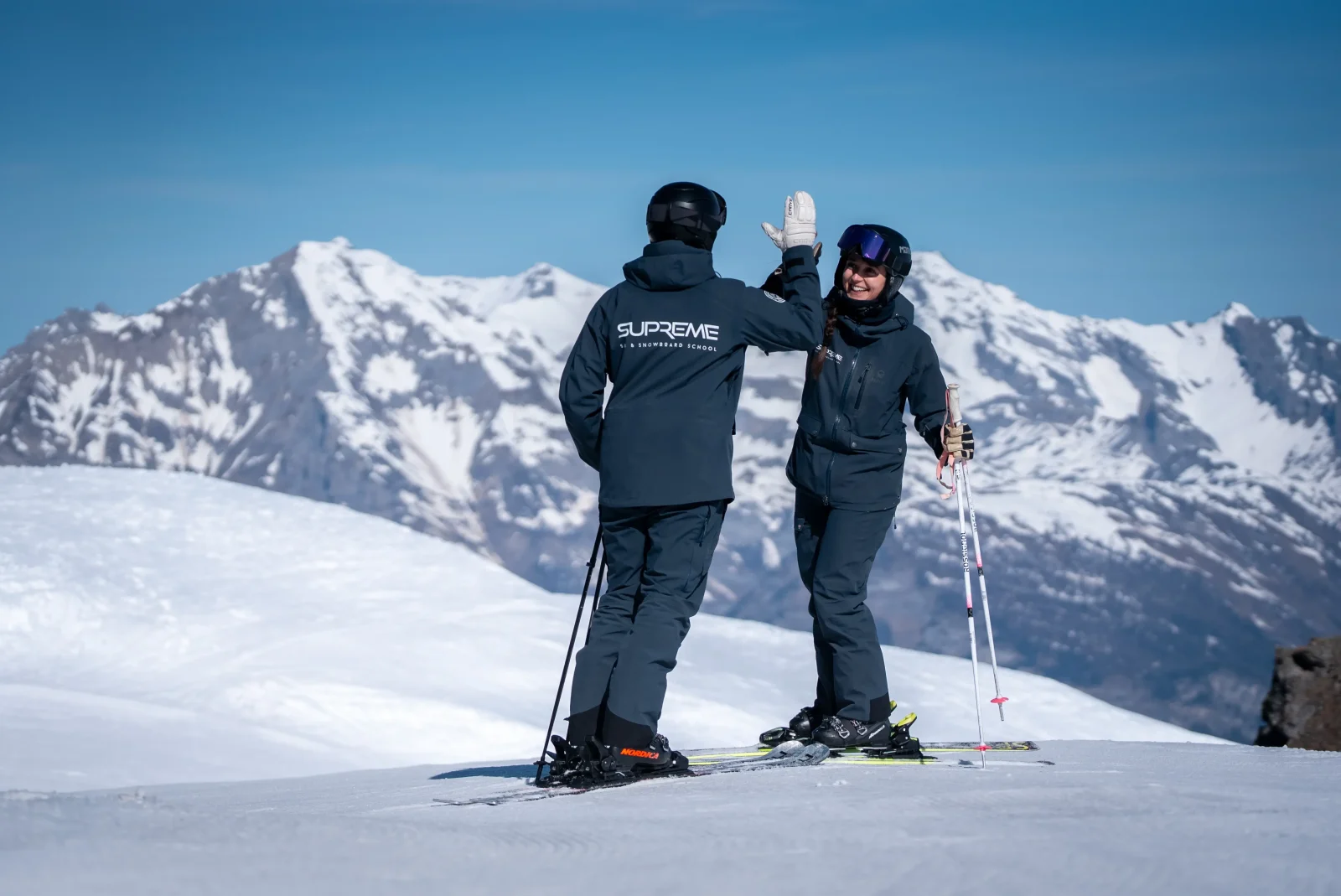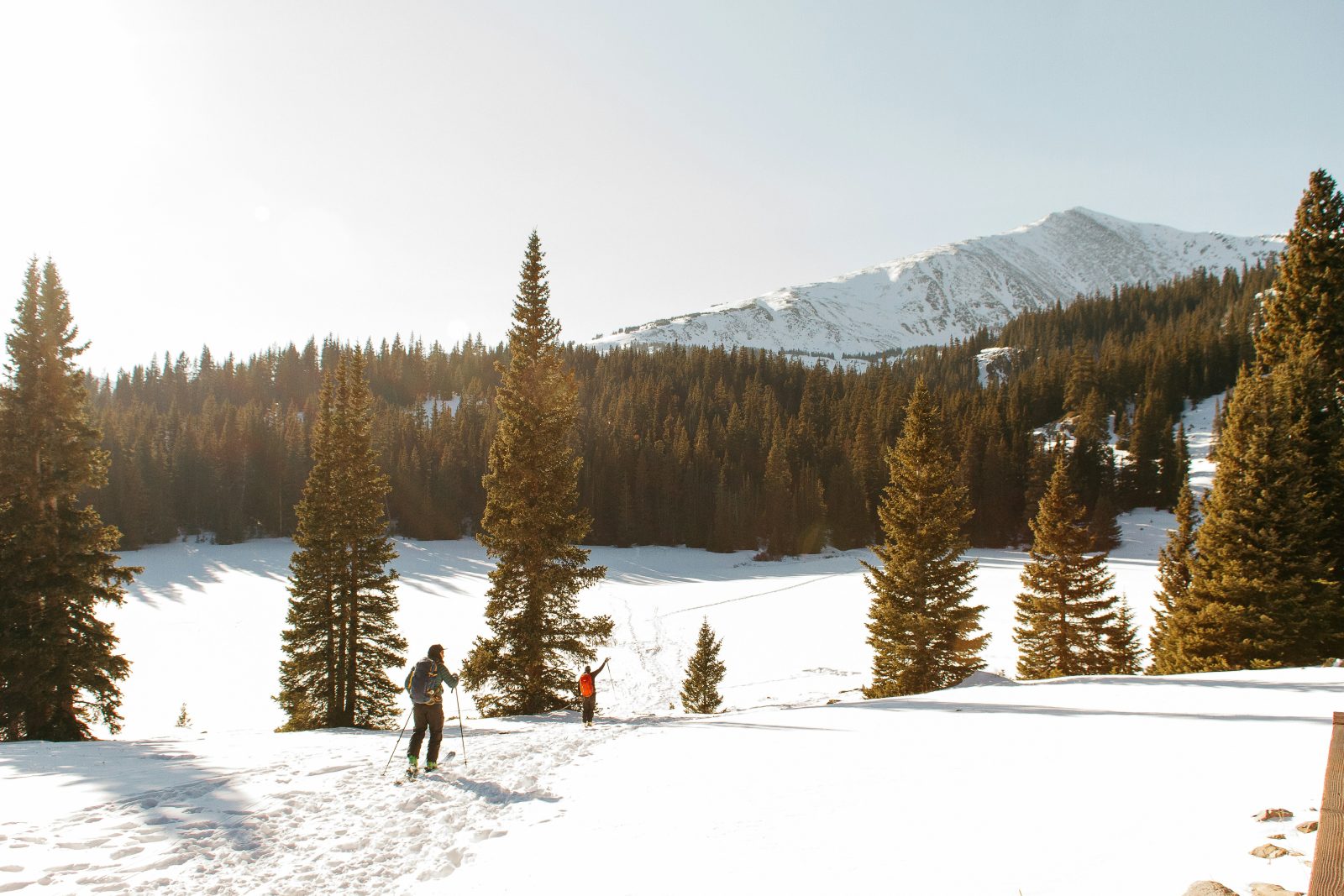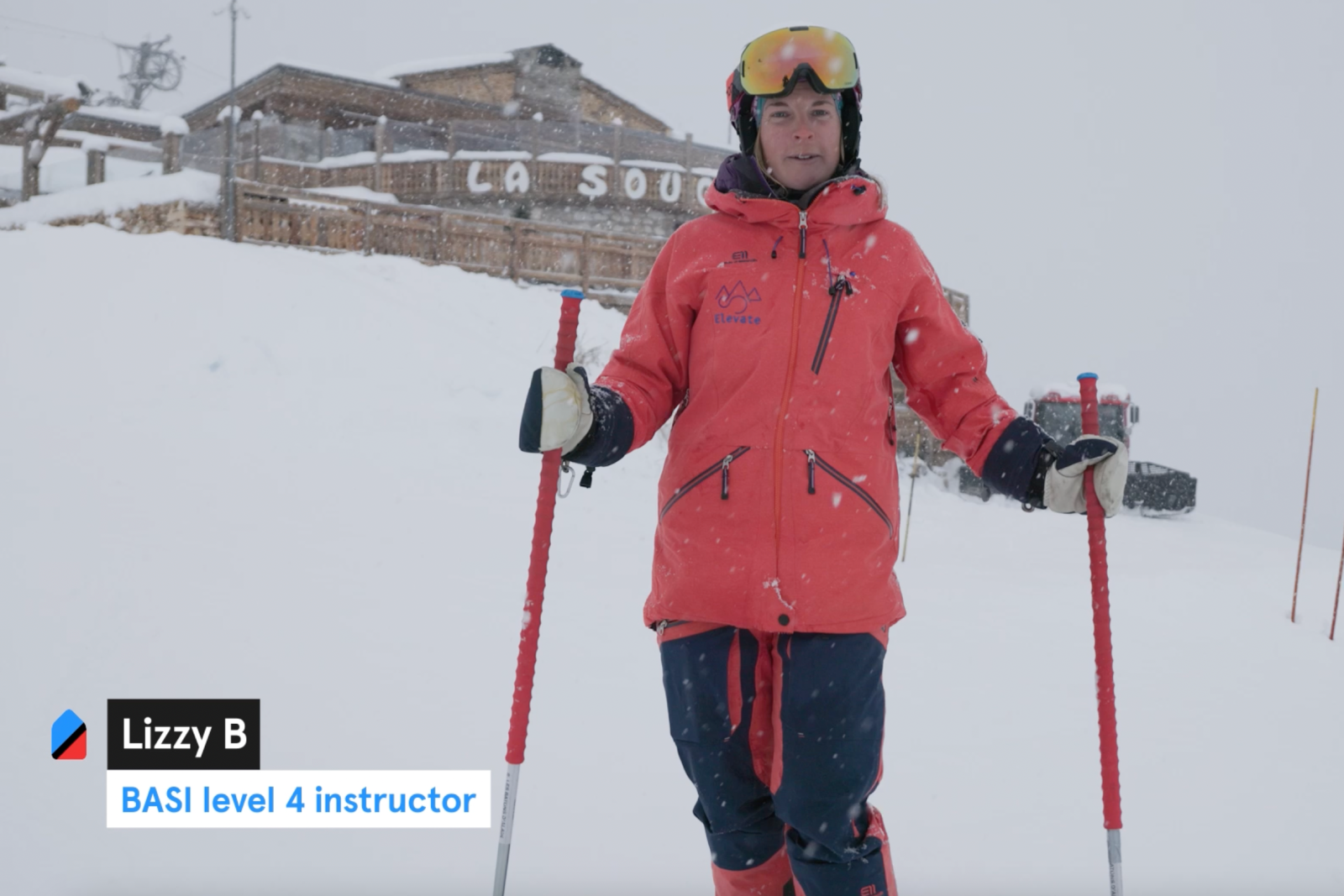If you are currently in the UK, then grab your skis or boards because you’re still in time to get some runs in this winter. As of the 29th of March 2021, all the dry ski slopes in England were allowed to open, and Wales is right behind with their opening on the 2nd of April 2021. If you haven’t had a chance to get on your skis this winter, this might just be it. Unfortunately, if you’re in Scotland you may still have to wait a little longer since the opening dates are set for the 26th of April, but hopefully, that date will be moved up.
If you don’t know what dry ski slopes are, where to find them, or what’s the difference between riding on a dry slope and on a real slope, then keep on reading. By the end of this blog, you’ll be an expert on dry ski slopes and we’re sure you’ll be on your way to the nearest one to you.
What is a Dry Ski Slope?
As the name might suggest, a dry ski slope is actually a slope with absolutely no snow, on which you can ski or snowboard. They are mainly found in the UK and Netherlands due to their lack of mountainous skiing areas, but even though they are not the real deal, they can be quite fun and it’s the next best thing, so we’ll gladly take it.
Dry ski slopes have been around for almost 100 years, the first in Austria in 1927 was just a 70m wooden slope with some artificial yellow powder that was supposed to resemble snow covering it. Thankfully since then they have evolved massively and are now made with many different materials. After the yellow substance failed in Austria, France tried to do one with sand and pine needles, while in the USA they had a slope covered in crushed plastic waste material, it wasn’t until the 60’s that the real progress was made.
Finally, in the 1960’s the material still used in many of the dry slopes today was invented, called Dendix. It’s a patch of fabric with bristles attached to it sticking upwards, the bristles are spread in a hexagonal pattern which provides the right amount of friction for skiers/boarders to feel like they are actually on real snow…kind of. These mats of bristles were used to open the first dry ski slope in Torquay, UK which is still fully operational and it’s officially the oldest operating dry ski slope in the world.
More recently in the ’90s an Italian manufacturer invented another material now widely used for dry ski slopes, Neveplast. They took it a step further and designed different patterns for different disciplines like nordic skiing, drifting, snow tubing, alpine skiing/snowboarding, and more. They also currently hold the record for longest dry ski slope in the world, Veduchi in the Caucasus region of Russia.
Throughout the years many more manufacturers have further developed these surfaces used for dry ski slopes successfully, and the experience customers have resembles snow more and more each year.
How Different is Skiing/Snowboarding on a Dry Slope?
For first-timers, the good thing is that you have really nothing to compare it to. If you’ve never skied on snow, then you don’t know what you’re missing. Nevertheless, dry ski slopes can be a great place to start your skiing/snowboarding adventure, if you think about it, many British pro athletes probably skied on one of these at some point during the offseason.
An example is World Cup silver medallist Dave Ryding, who experienced skiing for the first time on a dry slope when he was 6 years old. In an interview with BBC, he said that that the dry ski slopes helped him with his skills on “flatter” or smoother snow. He also mentioned his first time on real snow, after learning to ski on a dry slope, he thought “wow, this is heaven”, which gives us an idea of how different the feeling can be between real snow and a dry slope.
The bristle mats are enough to provide the almost equal surface and friction for you to learn how to turn, stop and slide as you would learn on your first days out on the mountains. What could be seen as an advantage is that since the ski area isn’t as big or varied as a ski resort, you might have to learn on a steeper slope than you would in a ski resort. Instead of having over 100 slopes of different lengths, colours, and inclines, you only get two or three different gradient slopes here and you have to make the best of it. This can be positive because when you finally go on your actual ski vacation this winter then red slopes will not be a challenge for you, although we still recommend you to book a couple of lessons since the transition from bristles to snow can be a little challenging.
For more advanced skiers/snowboarders you probably feel the difference a lot more and it can take some time adjusting to the new surface. The hardest thing to achieve in terms of technique will be the carving because it will be hard to get the right angle on that type of surface. Also, it can get a little boring given the lack of alternatives, there is no off-piste or challenging black run, what you see is what you get, over and over again. But, if we compare it to no skiing or snowboarding at all, then it’s a more than valid alternative either for this weird winter season we just had or for the summer because winter 2021/22 we are back to the ski resorts don’t even try and stop us.
Dry Ski Slopes Around Europe
UK Dry Ski Slopes
Chatham Snowsport Center: Located only 45 minutes South East of London, it has a 200m long dry slope, and a 30m long nursery slope for children.
It also has a 700m tree-lined winding tobogganing track, the longest in the UK and an 80m track for snow tubing
Prices: £17 adults; £14 juniors – for 1.5 hours
Alpine SnowSport Sport Southampton: Located in Hampshire, there are three dry slopes measuring 110m, 90m, and 30m, and served by two Poma draglifts.
The latest skiing, snowboarding, and snowblading equipment is available for hire and included in the cost of the lessons
Prices: £19 adults; £13.30 juniors – for 2 hours
Ski Rossendale: Located in Lancashire it is the biggest outdoor ski slope in the northwest of England. The centre has three dry ski slopes: The 200m main slope is accessed by two drag lifts and is complete with a snow flex quarter-pipe; the permanent snow flex fun park; and the gentle nursery slope.
Freeskiers and snowboarders can practice their skills at the fun park with its selection of rails, boxes, a 13-foot-high quarter-pipe; and a kicker measuring 6.5 feet by 8 feet.
Prices: £20 adults; £15 junior – for 2 hours.
Dry Ski Slopes Around Europe
Ski World Pro, Austria – This is a step further in technology. You have an indoor Ski Slopes, the inclination of the surface can be varied individually and very simply between 9° and 22° by remote control or by pressing buttons. The surface speed is also adjustable, allowing it to be matched to the skiers’ and snowboarders’ capabilities. This minimises the risk of falls and injuries. Definitely worth trying if you are in the area!
Yeti Ski, Belgium – A long-established Belgian slope complete with drag lifts, floodlighting, and slope sprinkler system. The main slope is 130 m long with 26 m of vertical drop.
Noeux les Mines, Loisinord, France – One of the world’s great year-round skis lopes was created on a former coal mine close to Calais in 1996. The 350m long main slope has a 110m vertical and pitches of up to 28%.
Urban Ski Lab, Italy – Urban ski lab is a proper winter village right in the centre of the city. Includes a flat “first steps” area, well as a “beginner area” with a small incline ideal for very beginners. Then there’s an 80 x 10m intermediate slope with an average inclination of 17%, as well as a cross country ski slope for skating technique of 130m.
Midlothian Snowsports Centre, Scotland – established in 1965, this is one of the world’s leading dry slopes, served by its own chairlift and boasting a main slope over 500 metres long.
These are just some of the few dry slopes you can find in Europe, there are so many more for you to choose from depending on what you’re looking for and where you are.
Tips for the Dry Slopes
- Wear some layers – Even if the weather is nice, falling on the bristle surface can hurt more than falling on softer snow so make sure you cover any skin.
- Don’t get too used to it: remember when you’ll go back to snow it will feel a little or a lot different, keep that in mind when you practice and book a few lessons when you head to the real slopes for the first time.
- Use thick wax: If you have your own ski equipment then it is recommended to use thick wax for your skis as the bristles can be tougher on the bottom of your skis than snow, so it is better to give them that extra protection.
- Look for dry slopes that can match your level of skills: of course, you won’t find exactly what you’re looking for, especially if you’re an experienced skier or snowboarder, but a little research can go a long way in helping you find the center that has slopes to match your skills.
Hopefully, dry ski slopes will be an alternative that we won’t need for long since we are planning on going back to the mountains as soon as possible. They can still be a great option for now or even this summer, especially if you didn’t get a chance to ski at all this winter season.
Once you get your basic skills down and you start planning your winter holiday in a proper ski resort, don’t forget to book your instructor to help you get the real feel of the snow before you head out there on your own. One of the many fully qualified ski or snowboard instructors on Maison Sport can help you smoothly transition from dry ski slopes to real snow in no time.
The Maison Sport Instructors are Waiting for You!



